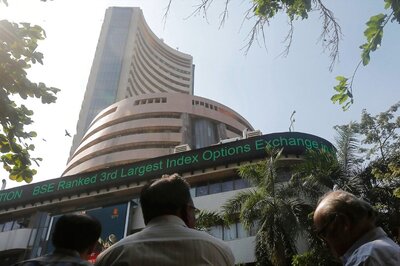
views
New Delhi: The Narendra Modi Government 2.0 was sworn on May 30 with 58 ministers of which only six are women.
To break it down, out of the 25 Cabinet Ministers, three are women; there are no female representatives among the nine Ministers of State (Independent Charge), out of the 24 State Ministers only three are women.
It’s, however, important to note that in the newly elected 17th Lok Sabha, with 78 elected women MPs, female representation is at 14.3 per cent- the highest since independence. This is higher than the 62-member count of 2014.
The three women in the current Cabinet Ministry namely, Smriti Irani, Nirmala Sitharaman and Harsimrat Kaur Badal had also been a part of the previous cabinet under PM Modi.
Among the State Ministers only three are women— Niranjan Jyoti, Renuka Singh, and Debasree Chaudhury, however, neither were given independent charge.
The previous Narendra Modi Government also had six women ministers, which is higher in comparison to the 2009 Manmohan Singh ministry that had only two women Cabinet ministers - Chandresh Kumari Katoch (Minister of Culture) and Kumari Selja (Minister of Social Justice & Empowerment).
The six women in the 2014 Ministry included Sushma Swaraj, who was the Foreign minister, Smriti Irani, who led the Ministries of Information & Broadcasting and Textiles, Uma Bharati, who was the Drinking Water and Sanitation Minister, Akali Dal leader Harsimrat Kaur (Food Processing Industries minister), Maneka Gandhi (Women and Child Development minister), and Nirmala Sitharaman (Minister of Defence).
The economic survey for 2017-18 states that there is 13.72 lakh elected women representatives in Panchayati Raj institutions. This constitutes about 44.2 per cent of the total number of elected representatives.
Furthermore, active leadership of elected women representatives is observed in local governments across the country accounting to about 43 per cent.
Around 49 per cent of women constitute the country's total population. Yet there's been little improvement in the political participation of women. Despite the growing gender balance in several sectors, let along 50 per cent, even a 33 per cent representation seems to be a distant dream.

















Comments
0 comment